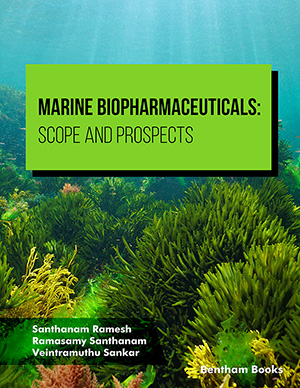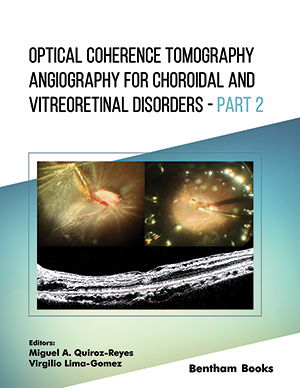Abstract
Leukemia is a heterogeneous disorder of bone marrow (BM) failure syndrome where normal hematopoiesis gets altered due to transformation of either the normal hematopoietic cell or the hematopoietic microenvironment or both. Scientists have tried for decades to understand leukemia development in the context of therapeutic strategies. The existence of “leukemic stem cells” and their possible role in leukemogenesis have only recently been identified and it has changed the perspective with regard to new approaches for treating the disease. However the relationship between leukemic stem cells (LSCs) and leukemogenesis requires further investigation. In this present study, we have experimentally induced leukemia in mice by means of N-N´ Ethylnitrosourea (ENU) to investigate the alterations in normal bone marrow cellular phenotype and associated changes in the stromal hematopoietic microenvironment under the event of leukemic disease progression. We have identified a significant decrease in the normal HSC phenotype in terms of Sca1 and c-kit receptor expression and subsequent sharp increase in certain leukemic cell specific receptor expression like CD123, CXCR4 and CD44 in the leukemic bone marrow. The decreased HSC receptor (Sca1 and c-kit) expression profile with concurrent increase in the expression of leukemic cell specific receptors (CD123, CXCR4, CD44) by the bone marrow cells of leukemic mice may account for the possible transformation of the normal hematopoietic cells that is necessary for the disease initiation and progression. Some of these receptors like CXCR4 and CD44 are also known to play an important role in maintaining leukemic cells and their complex crosstalk with the surrounding stromal microenvironment. Thus up-regulation in CXCR4 and CD44 receptor expression essentially pointed towards the stroma dependent surveillance of the leukemic bone marrow cells in leukemia. Leukemic bone marrow cells documented a rapid generation of stromal feeder layer in culture. The rapid stroma generation further supported the fact that leukemic stromal microenvironment gets altered in possible ways to support leukemic cell generation and fueling leukemogenesis. The study presented here, has tried to hint at exploring new therapeutic strategies by not only identifying the expression profile of cell surface receptors unique to cells involved in leukemic progression but also targeting the specific components of the stromal microenvironment that would facilitate therapeutic management of the disease.
Keywords: Leukemia, cellular phenotype, stem cell, stromal cell, bone marrow, blood cells, Hematopoiesis, life span, proliferation of hematopoietic stem cells, vascular network, mesenchymal stromal cell, extracelluar matrix, pluripotent HSCs, lymphoid, myeloid lineages, tyrosine kinase receptor, potent carcinogen, Ethylnitrosourea, strong DNA, alkylating agent, cytochemical analysis, dose rate, body weight, Hematological Analysis, vein puncture, reticulocytes, neutrophil counts, Isolation of Bone Marrow Cells, buffered saline, Cytochemical Staining, Flowcytometric Analysis, Bone Marrow Culture, blast cells, hyper-granular nature, Myeloperoxidase staining, spindle shaped stromal cell, cellular colonies, fibroblasts, carcinogenic agent, receptor, adhesion molecule, multipotent




























